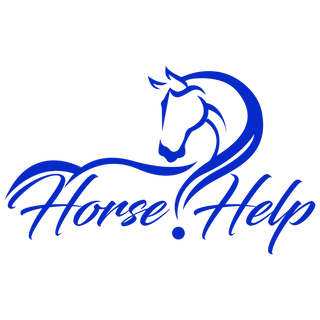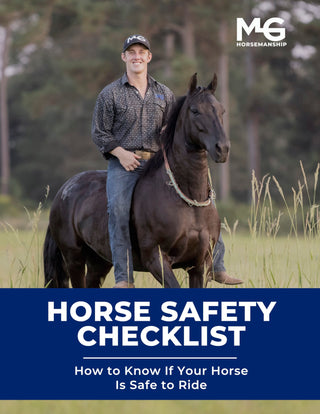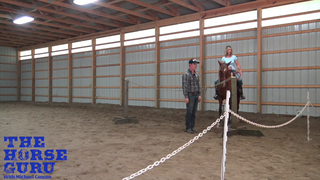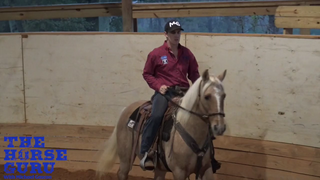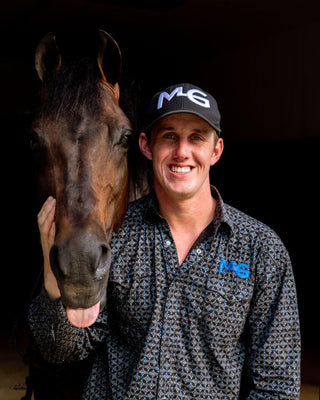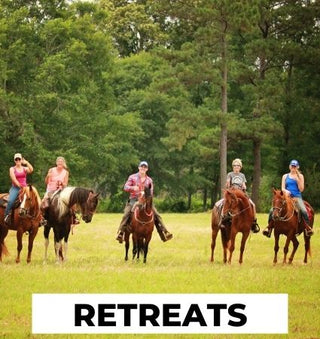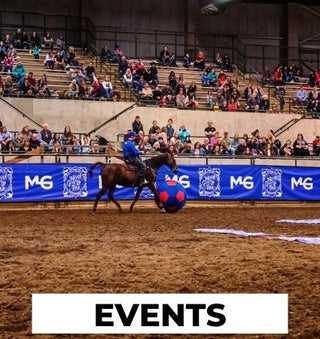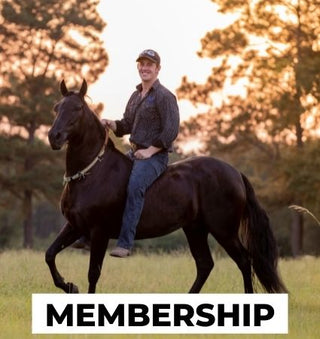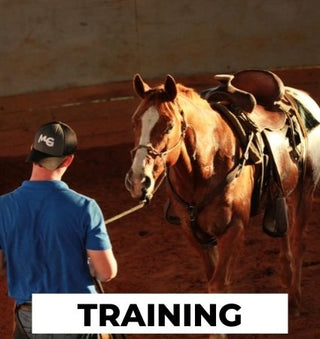Watch the Video Here or continue reading below!
Horses are naturally active animals, constantly moving like sharks in the ocean. When confined to a stall for extended periods, some horses develop restless habits, such as pawing. This behavior can stem from boredom, frustration, or a lack of patience. If left unchecked, it can lead to damaged stalls, unnecessary wear on hooves, and even stress-related health issues.
The Key to Stopping Pawing: Patience Training
One of the most effective ways to stop pawing in the stall is by increasing your horse’s patience through tie time. Think of patience as a muscle—just like building physical strength, patience must be developed through consistent practice.
How Tie Time Helps
When a horse frequently paws in the stall, it often means they struggle with standing still and being calm. By tying your horse for a set period each day, you help them learn to relax and become comfortable with being still.
-
Start with Short Sessions: Begin with 30-minute tie sessions and gradually increase the duration.
-
Choose a Safe Location: Use a secure tying area, such as a hitching post or tie ring, where the horse cannot injure itself.
-
Be Consistent: The more regularly you implement tie time, the more effective it will be in curbing restless behavior.
Transitioning to a More Relaxed Stall Environment
After consistent tie time training, your horse will start seeing the stall as a more desirable space. Since they have spent time tied up and limited in movement, returning to the stall will feel like a relief, making them less likely to act out.
Additional Tips to Reduce Stall Pawing
Besides tie time, consider these strategies to help keep your horse calm and content in the stall:
-
Increase Turnout Time: The more time a horse spends moving freely outside, the less likely they are to exhibit stall vices.
-
Provide Mental Stimulation: Use slow feeders, hanging toys, or hay nets to keep them engaged.
-
Maintain a Consistent Routine: Horses thrive on routine. Feeding, exercise, and stall time should follow a predictable schedule.
Conclusion
If your horse constantly paws in the stall, it’s a sign that they need more patience training. By incorporating regular tie time, you can help them develop the self-control they need to relax in their stall and during transport. Patience is like a muscle—the more you work on it, the stronger it becomes. Try these techniques consistently, and soon you’ll notice a calmer, happier horse.
